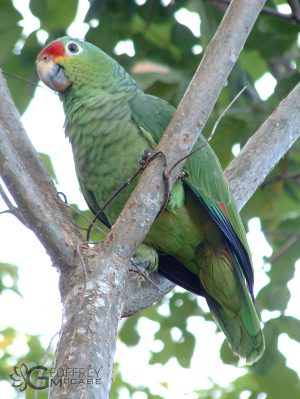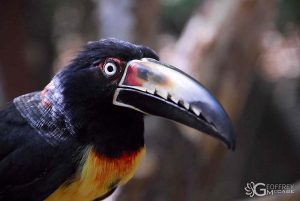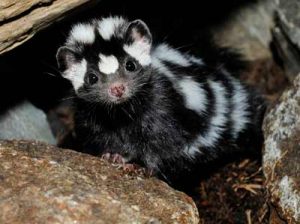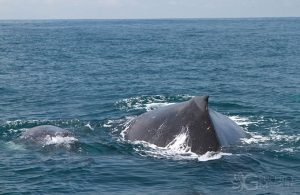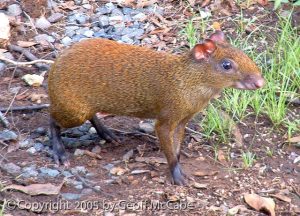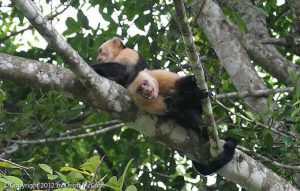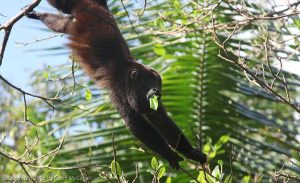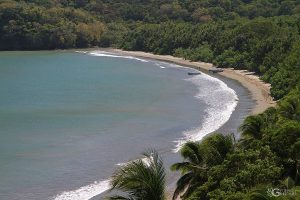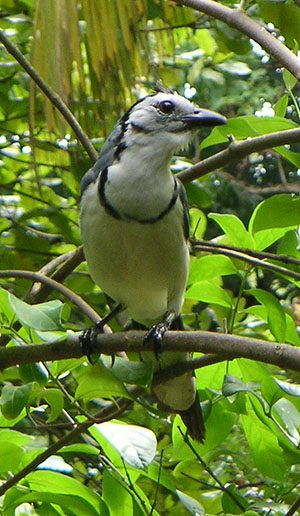
White Throated Magpie Jay
Biology One of the New World jays, the white-throated magpie-jay is a big blue, black and white bird that features a sprightly black plume. It is primarily found in tropical dry forests, and goes along this habitat through its southern limit in Guanacaste, Costa Rica, turning it over to its close counterpart, the black-throated magpie-jay,

